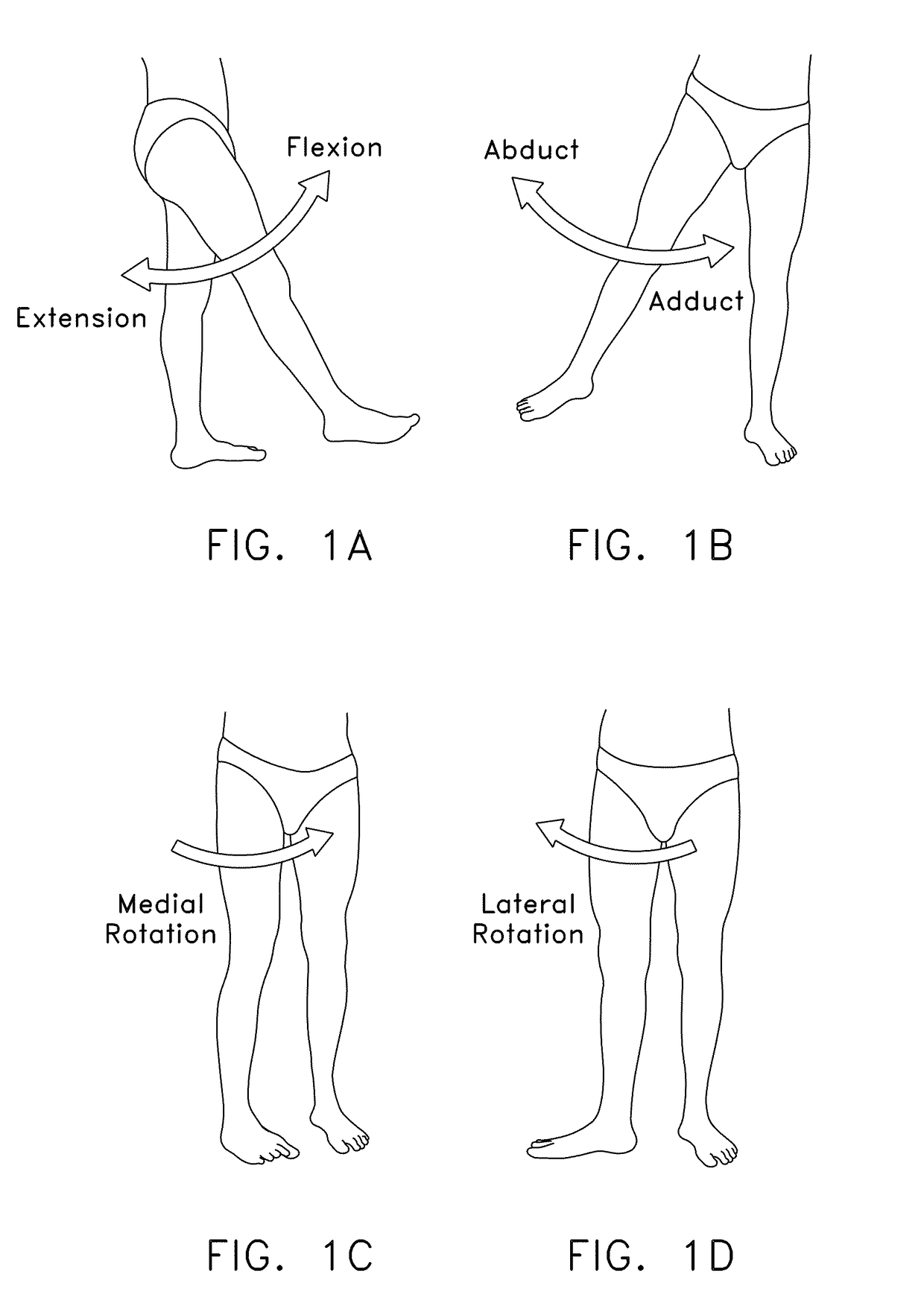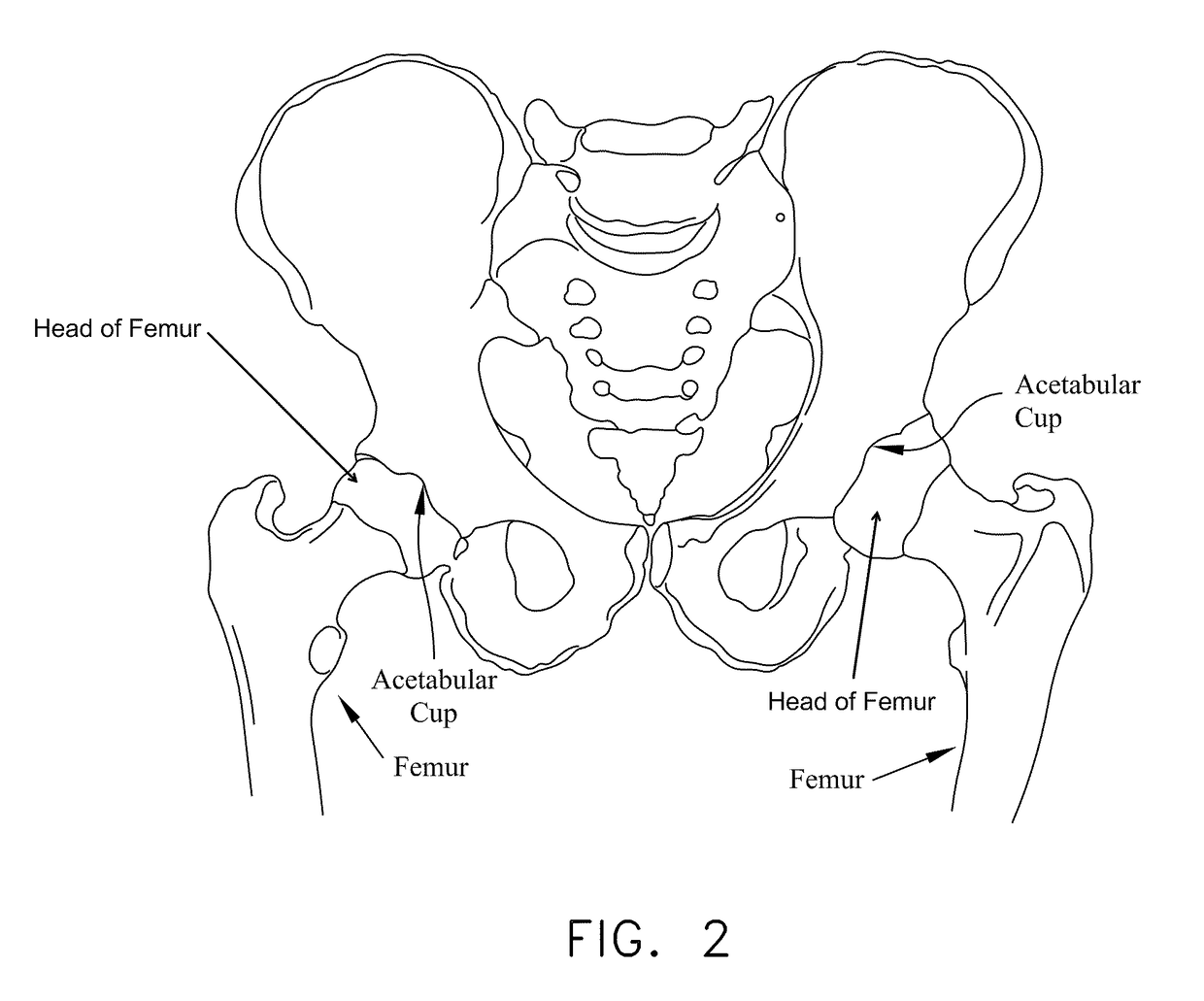Method and apparatus for treating a hip joint, including the provision and use of a novel suture passer
a technology of hip joint and suture passer, which is applied in the field of surgical methods and equipment, can solve the problems of significant interference with patient comfort and lifestyle, pathology so severe that it is necessary to have partial or total hip replacement, and the scope of procedures is generally limited
- Summary
- Abstract
- Description
- Claims
- Application Information
AI Technical Summary
Benefits of technology
Problems solved by technology
Method used
Image
Examples
Embodiment Construction
[0109]Looking first at FIGS. 16 and 17, there is shown a novel suture passer 5 formed in accordance with the present invention. Suture passer 5 generally comprises an elongated shaft 10 having a distal jaw 15 disposed at the distal end of elongated shaft 10 and a handle 20 disposed at the proximal end of elongated shaft 10.
[0110]Looking next at FIGS. 18-25, distal jaw 15 is intended to releasably carry a suture 25 thereon. To this end, and as will hereinafter be discussed in further detail, distal jaw 15 has a suture slot 30 (FIG. 18) formed therein. In one preferred form of the present invention, suture slot 30 is sized so that suture 25 can slide easily therein. And in one preferred form of the present invention, suture slot 30 comprises a proximal longitudinal section 35, an intermediate diagonal section 40, and a distal longitudinal section 45. Distal jaw 15 also includes a slot 50 (FIG. 20) at its distal end. A distal jaw spring 55 (FIG. 19) is movably mounted in slot 50. More ...
PUM
 Login to View More
Login to View More Abstract
Description
Claims
Application Information
 Login to View More
Login to View More - R&D
- Intellectual Property
- Life Sciences
- Materials
- Tech Scout
- Unparalleled Data Quality
- Higher Quality Content
- 60% Fewer Hallucinations
Browse by: Latest US Patents, China's latest patents, Technical Efficacy Thesaurus, Application Domain, Technology Topic, Popular Technical Reports.
© 2025 PatSnap. All rights reserved.Legal|Privacy policy|Modern Slavery Act Transparency Statement|Sitemap|About US| Contact US: help@patsnap.com



